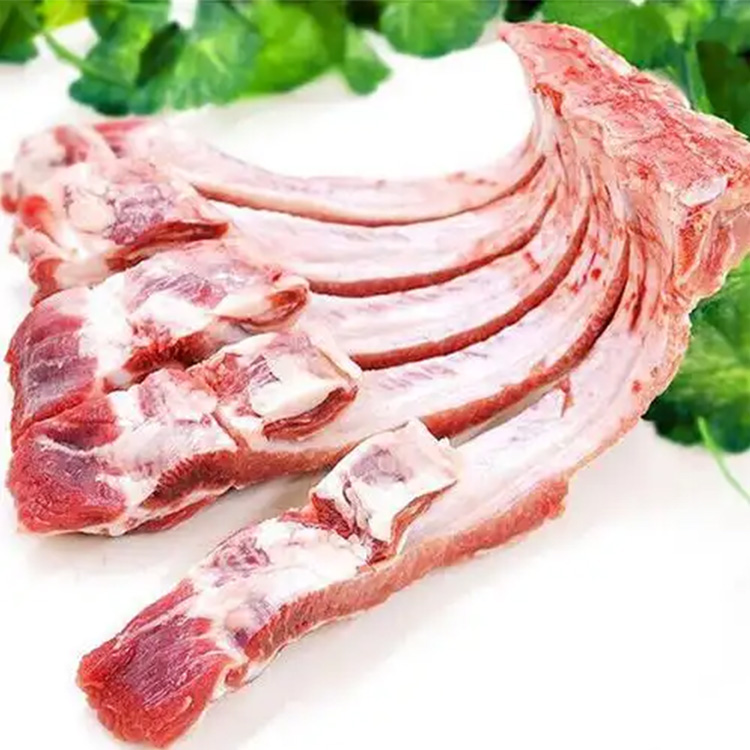
Knowledge About Eating Meat
Eating meat is an indispensable part of human dietary culture, but knowledge about meat is often overlooked. Here are some cold knowledge about eating meat that may spark interesting discussions during your next gathering.
1.History of Eating Meat
The history of human meat consumption can be traced back millions of years. Archaeologists have discovered that early humans gradually developed a meat based dietary habit by hunting for meat. Research has shown that the intake of meat has to some extent promoted the evolution of the human brain.
2.Nutritional composition of different meats
The nutritional composition of different types of meat varies greatly. For example, red meat (such as beef and lamb) is rich in iron and zinc, while white meat (such as chicken and fish) typically contains less saturated fat and calories. In addition, Omega-3 fatty acids in fish meat are extremely important for heart health.
3.Meat consumption around the world
According to data from the Food and Agriculture Organization of the United Nations, meat consumption varies significantly among different countries. For example, Argentina has the highest per capita meat consumption, mainly beef, while India has extremely low beef consumption due to religious reasons, and many people choose vegetarianism.
4.The debate between "meat eaters" and "vegetarians"
The debate over meat consumption and vegetarianism has a long history. Supporters of meat believe that the protein and nutrients provided by meat are key to maintaining health; Vegetarians emphasize the benefits of a plant-based diet, including reducing the risk of chronic diseases and environmental protection.
5.Preservation and Handling of Meat
The preservation and processing methods of meat are crucial for its safety. Raw meat is prone to bacterial growth, so when handling it, it is important to keep the kitchen clean and use different knives and cutting boards to cut raw and cooked meat to avoid cross contamination.
6.Eating Meat and Climate Change
Meat production is one of the important sources of greenhouse gas emissions, especially beef and mutton. Research has shown that reducing meat consumption, especially red meat, can significantly lower an individual's carbon footprint. More and more people are paying attention to sustainable diets and choosing plant-based foods as alternatives.
7.The cultural symbol of eating meat
In many cultures, eating meat is not only a physiological need, but also a symbol of society and culture. For example, in China, the whole chicken or fish at the New Year's Eve dinner symbolizes reunion and prosperity; In Western countries, barbecue parties are one of the ways to socialize.
8.Diversity of 'Meat'
In addition to traditional meats such as pigs, cows, sheep, and chickens, there are many unique meats around the world. For example, insects are considered delicious and nutritious foods in some countries, such as crickets and grasshoppers, which are rich in protein and have a relatively small impact on the environment.
conclusion
Eating meat is a complex choice that involves multiple aspects such as nutrition, culture, and environment. Understanding these cold knowledge can not only enrich our dietary concepts, but also help us to be more rational when choosing food. I hope this knowledge can inspire your thinking about meat, allowing you to enjoy delicious food while also paying attention to health and sustainable development.


